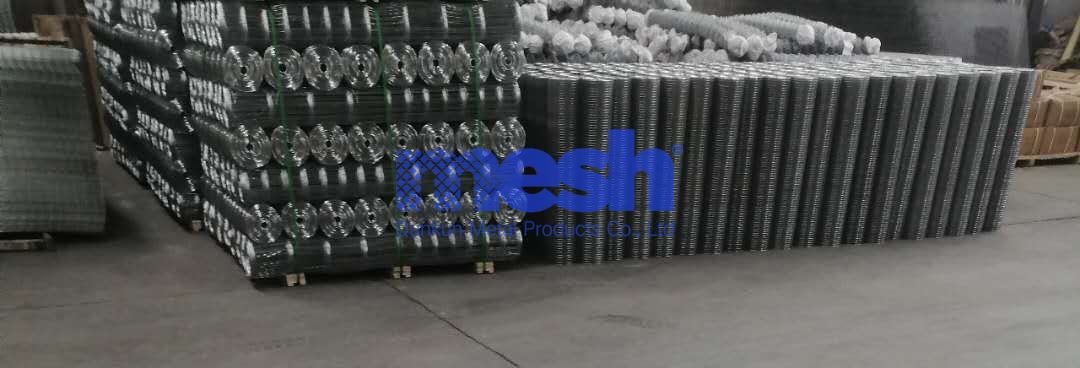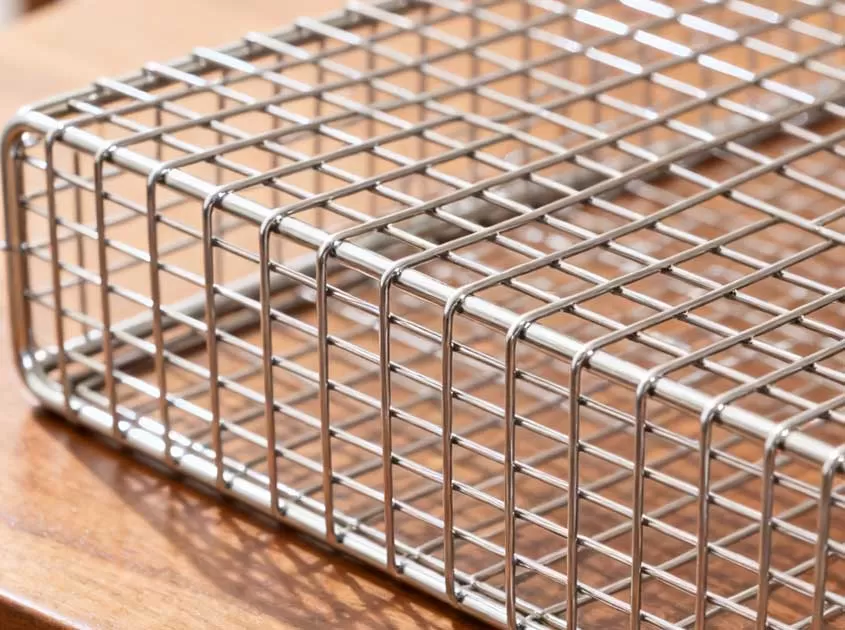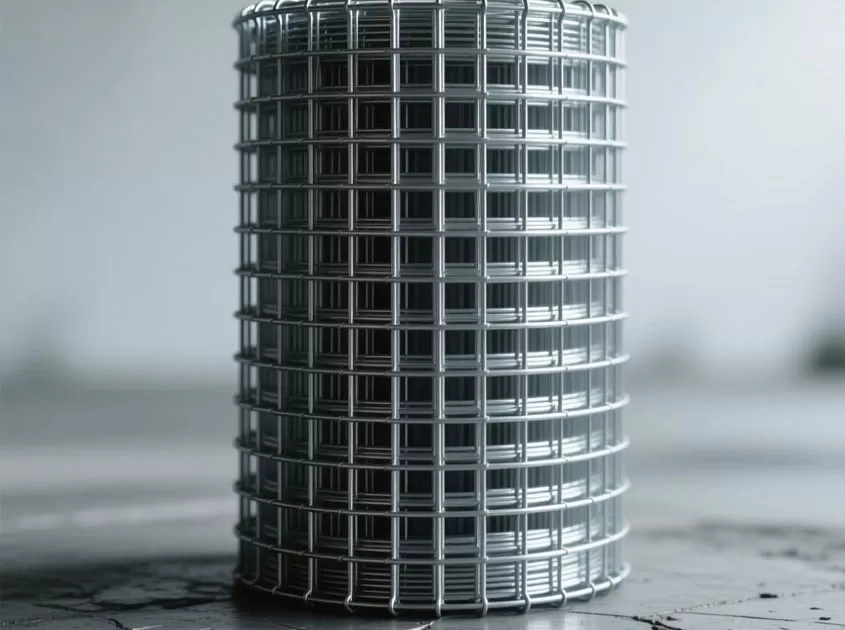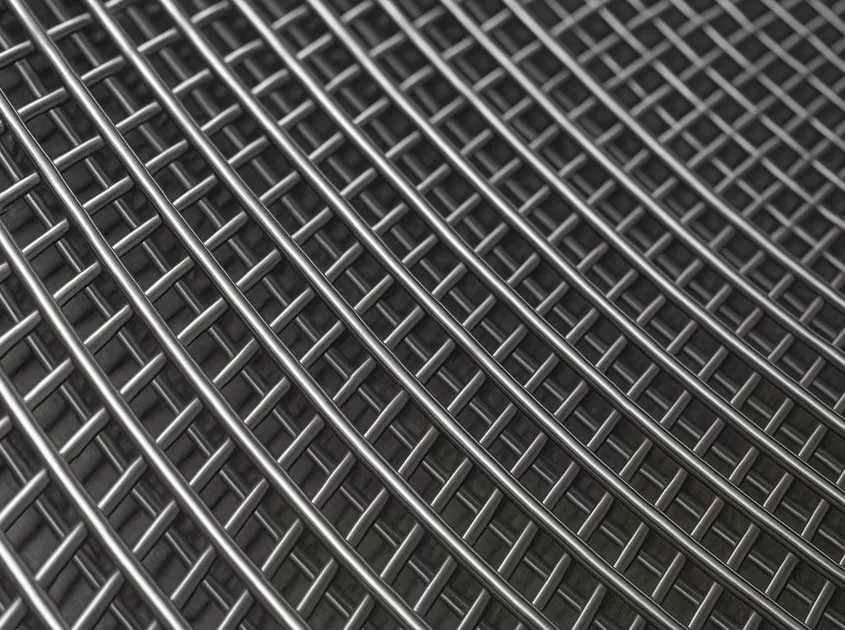Embracing Sustainable Building Materials: Exploring the Sustainability of Holland Wire Mesh
As we navigate the complex landscape of construction, Holland Wire Mesh emerges as a beacon of sustainability, embodying the harmony between innovative design and ecological responsibility.In an age where environmental consciousness is paramount, the choice of building materials has transcended mere functionality to become a statement of values.In this article, we delve into the realm of sustainable building materials, with a focus on the environmental virtues of Holland Wire Mesh.

A New Paradigm of Sustainable Building
Sustainable building is more than a trend; it's a conscious shift towards creating structures that coexist harmoniously with nature. Holland Wire Mesh, traditionally known for its industrial applications, has undergone a remarkable transformation, finding its place as a versatile and eco-friendly building material.

Recycling and Reusability
One of the cornerstones of sustainable materials is their recyclability and potential for reuse. Holland Wire Mesh, crafted from high-quality steel, is inherently recyclable. At the end of its lifecycle, it can be collected, melted down, and reborn into new forms without compromising its integrity. This closed-loop system reduces the demand for virgin resources, curbing the environmental impact associated with resource extraction.

Minimal Environmental Footprint
In comparison to traditional construction materials, the production of Holland Wire Mesh involves fewer energy-intensive processes. The weaving and forming of the mesh consume less energy and emit fewer pollutants, contributing to a reduced carbon footprint. By selecting materials with lower embodied energy, like Holland Wire Mesh, architects and builders play a pivotal role in minimizing the ecological toll of construction.
-
 Corrosion-Resistant Stainless Steel Wire Mesh Oct 28, 2025
Corrosion-Resistant Stainless Steel Wire Mesh Oct 28, 2025

- Tel.: +86 311 83077076
- E-mail: sales@qunkunmetal.com
- Skype: qunkunsales01
- WhatsApp: 8618032412189
- Add.: No.69 The Filter Industrial Part of Anping, Hebei, China




















